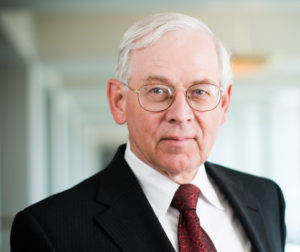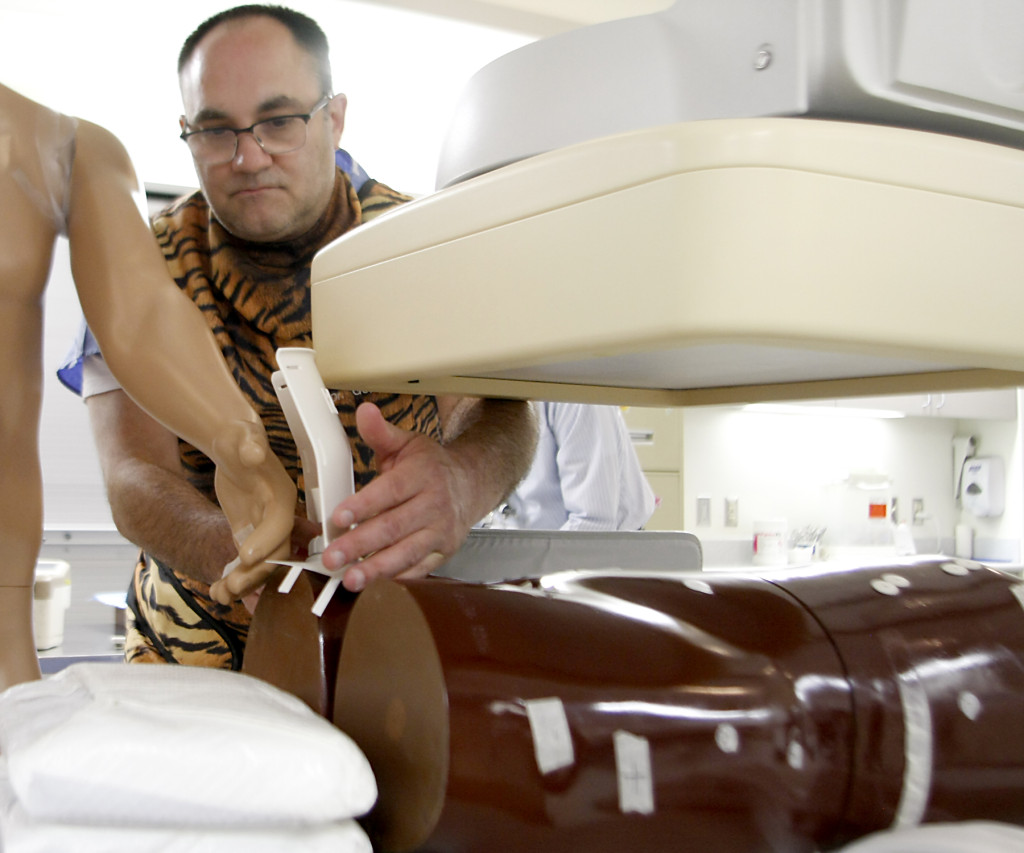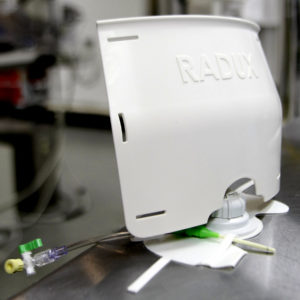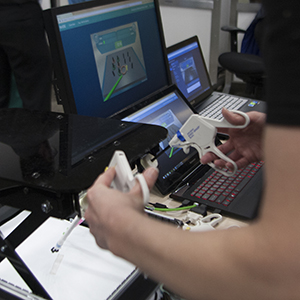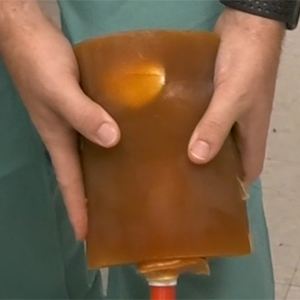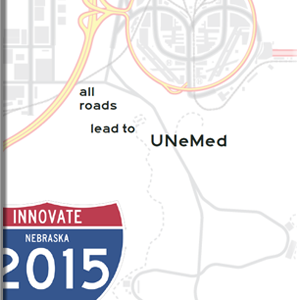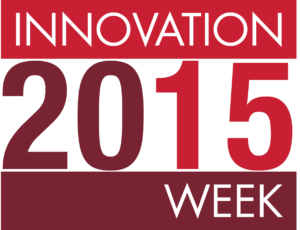 by Amanda Hawley, UNeMed | October 15, 2015
by Amanda Hawley, UNeMed | October 15, 2015
During the week of October 19-23, UNMC will shine a spotlight on the extensive resources offered on campus that mobilize researchers and encourage innovation.
A series of fortunate events organized by UNeMed and UNMC’s Office of Vice Chancellor for Research will promote forward thinking through improving research design, fostering collaboration, strengthening grantsmanship, and identifying funding opportunities for research.
UNMC offers multifunctional research tools to help researchers expand and fortify their studies in-house. The CORE research facilities, clinical research resources, database resources, plus the McGoogan Library resources and Makerspace are invaluable assets in a researcher’s repertoire.
Throughout the week, the McGoogan Library of Medicine will host various presentations on how they can better equip researchers. On Oct. 19, learn about their provided services in systematic publication searches and UNMC reference software training. On Oct. 20 and 22, they unveil their new Grant Resource Library that will aid UNMC administrators and researchers in preparing competitive grant applications. And on Oct. 23 the library finishes the week with an Innovation Open House where you can discover the new 3D printing resources and the Digital Commons for research presentation and poster storage.
Also, numerous presentations will cover how online databases for both clinical and scientific research can optimize research study design and data collection. In addition, multiple talks on the UNMC biostatistical and biomedical informatics resources will convey more effective means of crunching numbers and displaying data, which is critical for properly communicating findings. On Oct. 23, UNMC administrators and researchers can tour of the various Core facilities on campus to familiarize themselves with the technologies that can further advance their studies.
Through the use of outside and UNMC’s advantageous resources, students and post-doctoral fellows spend years accumulating proficiencies in research tool implementation. However, when nearing the completion of their training, many of these doctorates are confounded with how or where to apply their vast knowledge.
UNeMed has organized two career development events for UNMC graduate students and post-doctoral fellows to answer the question of “What do I do after graduate school?”
On October 19, at 2 p.m. in the DRC Auditorium, a panel of various professionals with scientific research backgrounds will describe their transition from academia to an alternative career in science. Alternative career fields represented are Business Development, Medical Science Liaison, Product Development, and Medical Writing.
The following day, UNeMed presents the funny Adam Ruben, PhD, on “Surviving your Stupid, Stupid Decision to Go to Grad School.” Dr. Ruben, the author and co-host of the “Outrageous Acts of Science” on the Science Channel, will offer career alternatives to the shrinking academic tenure-track market. Registration for this event is required. Please visit the event website for more details.
All of UNMC’s Research and Innovation Week events are open to the public, though some may require early registration. Please visit the UNeMed or VCR website for additional event information.
Come out and join in the celebration of innovation. Enjoy the daily events and learn how you can become an innovator with UNMC’s in-house resources.
Be innovative. Be extraordinary. #IamUNMC.

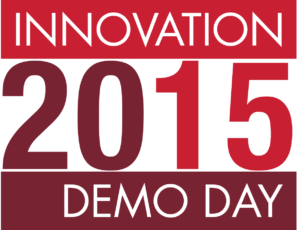
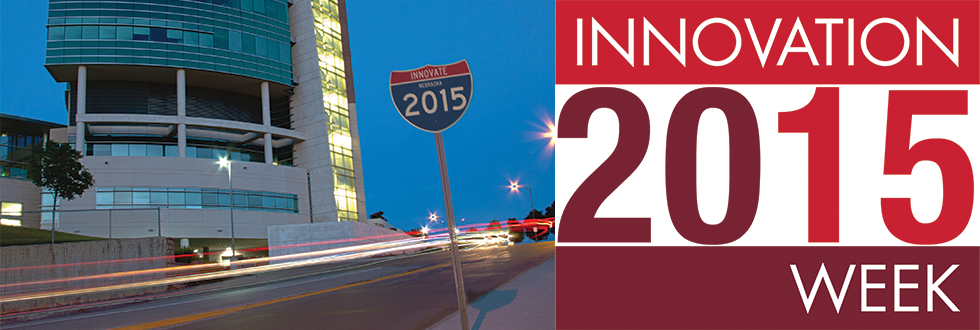
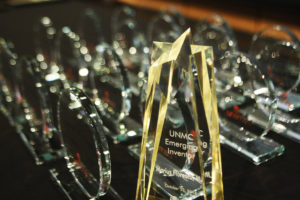 This year marks the first major expansion of Innovation and Research Week to include more than a dozen new events that incorporates UNMC’s innovative educational practices and basic science research. The new events include several seminars, workshops and hands-on demonstrations.
This year marks the first major expansion of Innovation and Research Week to include more than a dozen new events that incorporates UNMC’s innovative educational practices and basic science research. The new events include several seminars, workshops and hands-on demonstrations.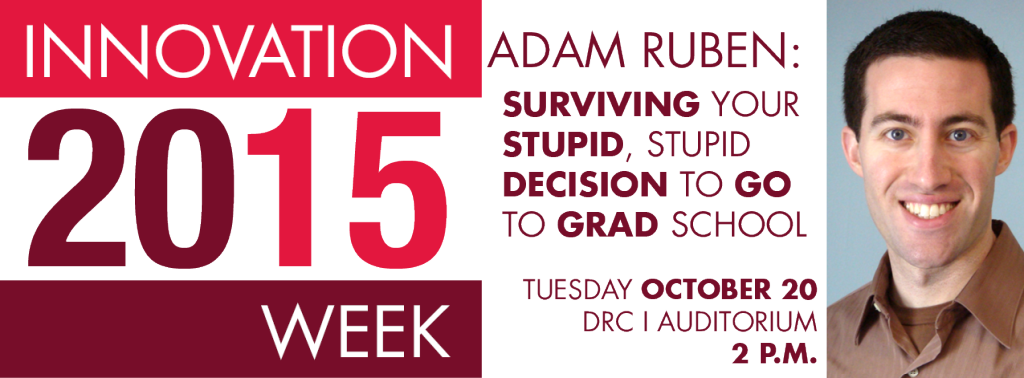 Alternate science careers will also be explored Monday afternoon during a panel discussion featuring four successful scientists who moved away from the research bench.
Alternate science careers will also be explored Monday afternoon during a panel discussion featuring four successful scientists who moved away from the research bench.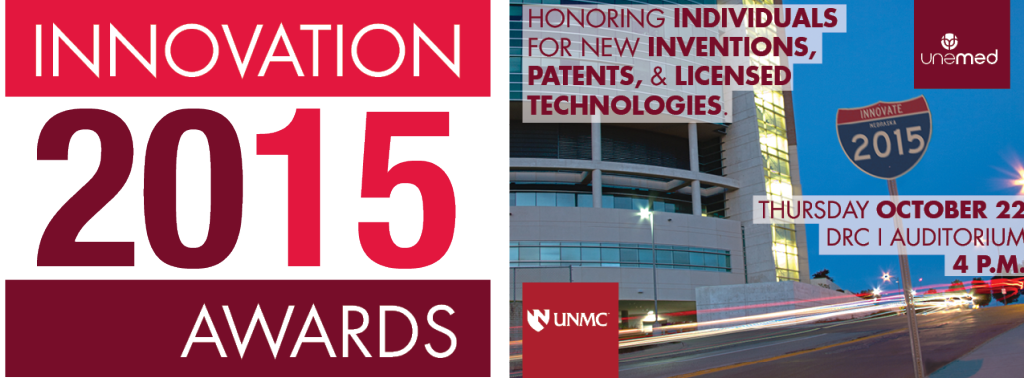
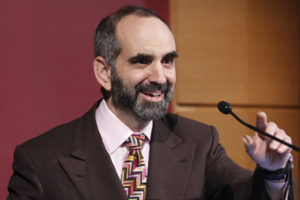
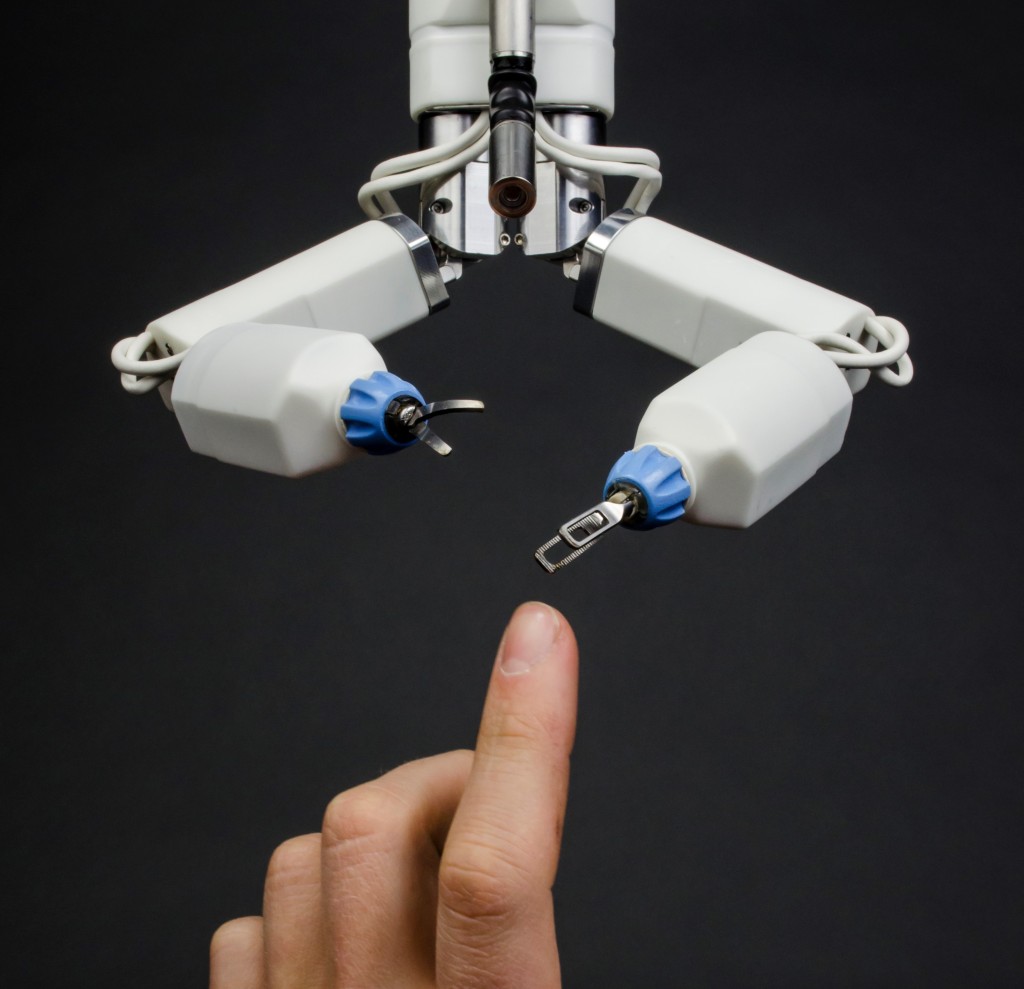 SAN JOSE, Calif. (Sept. 28, 2015) — A surgical robot developed in collaboration between UNMC surgeon Dmitry Oleynikov, M.D., and UNL engineering Professor Shane Farritor, PhD, was recently named a prestigious Game Changer award-winner by the Robotics Business Review.
SAN JOSE, Calif. (Sept. 28, 2015) — A surgical robot developed in collaboration between UNMC surgeon Dmitry Oleynikov, M.D., and UNL engineering Professor Shane Farritor, PhD, was recently named a prestigious Game Changer award-winner by the Robotics Business Review.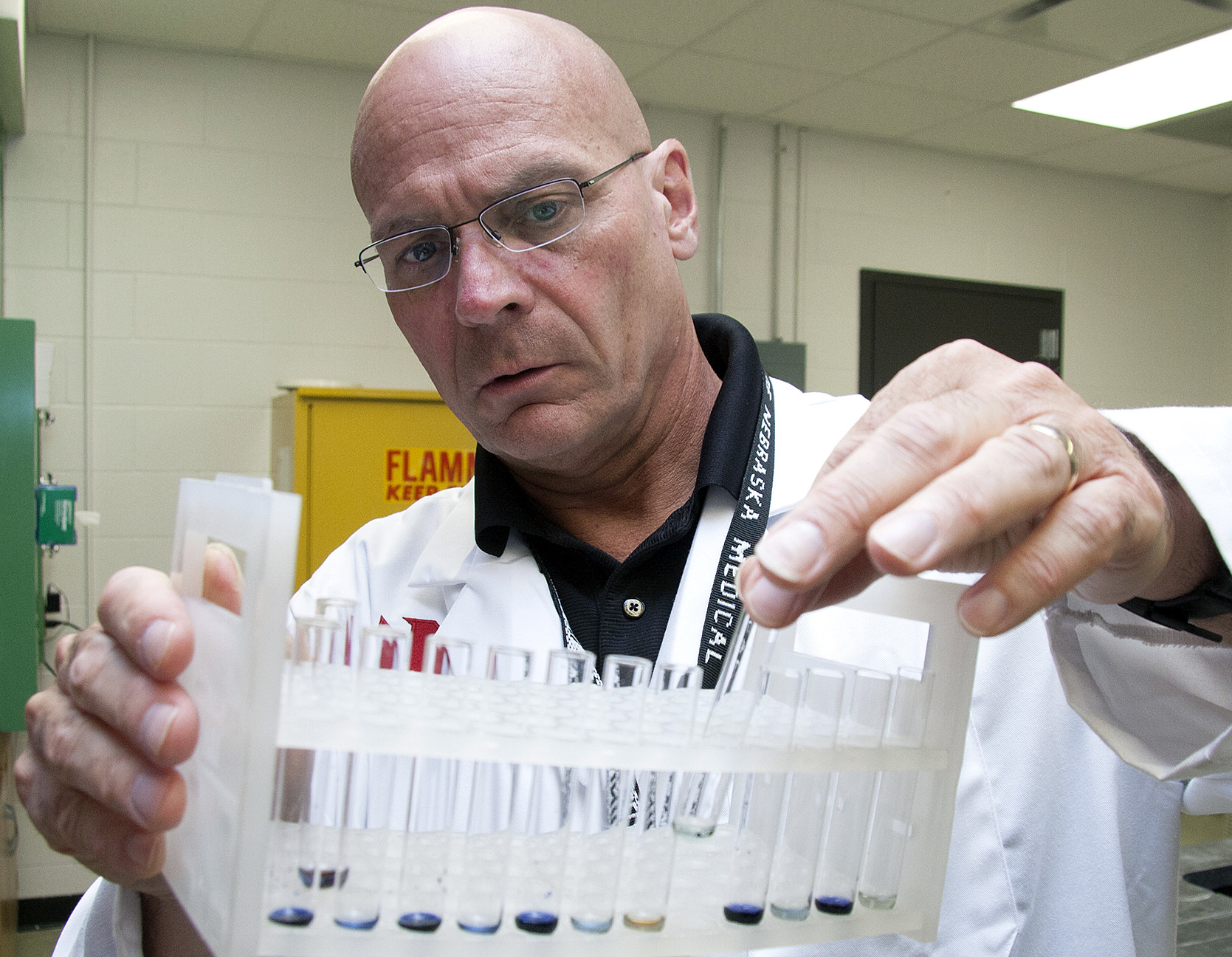
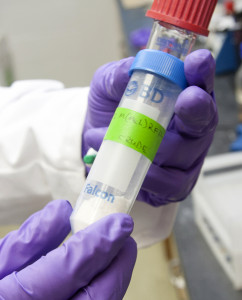
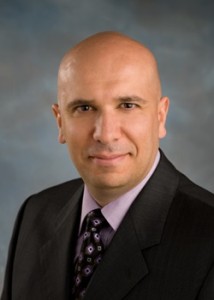
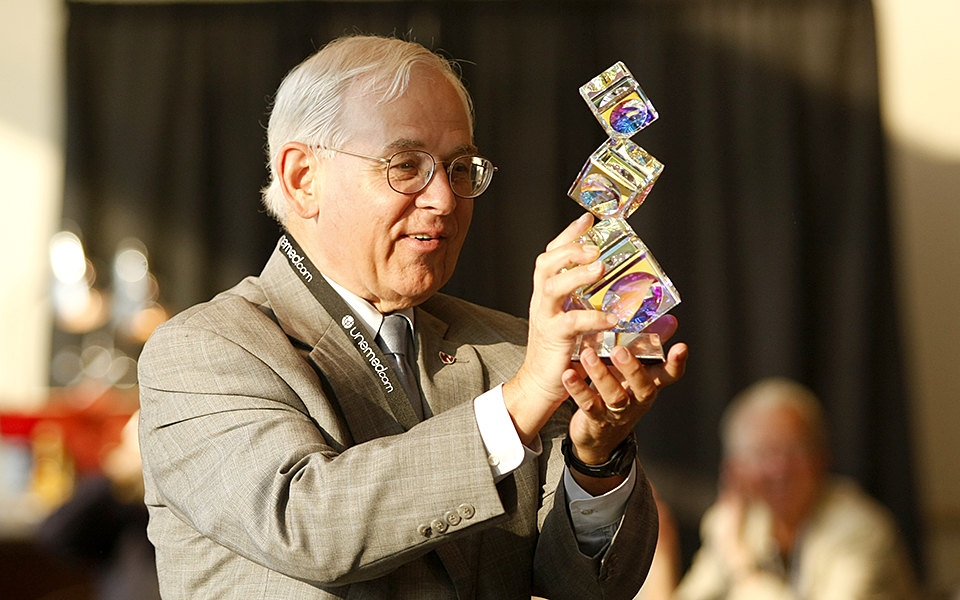
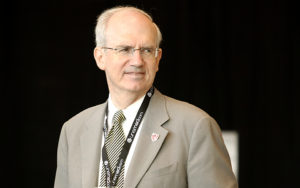
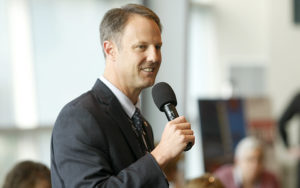
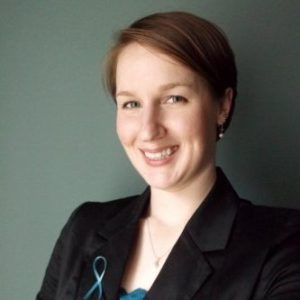 Some of the most influential experiences in life are those that stretch your limits of understanding and familiarity. Yet, the uncomfortable hardships that accompany those experiences are less than desirable.
Some of the most influential experiences in life are those that stretch your limits of understanding and familiarity. Yet, the uncomfortable hardships that accompany those experiences are less than desirable.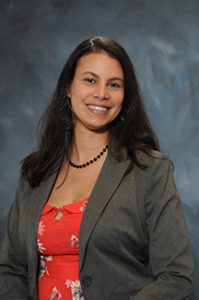 OMAHA, Nebraska (June 29, 2015)—Longtime postdoc and licensing associate Agnes Lenagh, PhD, was promoted to a permanent position at UNeMed as a licensing specialist, UNeMed announced today.
OMAHA, Nebraska (June 29, 2015)—Longtime postdoc and licensing associate Agnes Lenagh, PhD, was promoted to a permanent position at UNeMed as a licensing specialist, UNeMed announced today.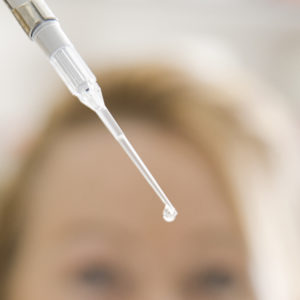 I’ve been rubbernecking the tech transfer equivalent of one of those mysterious single-car crashes that defies explanation.
I’ve been rubbernecking the tech transfer equivalent of one of those mysterious single-car crashes that defies explanation.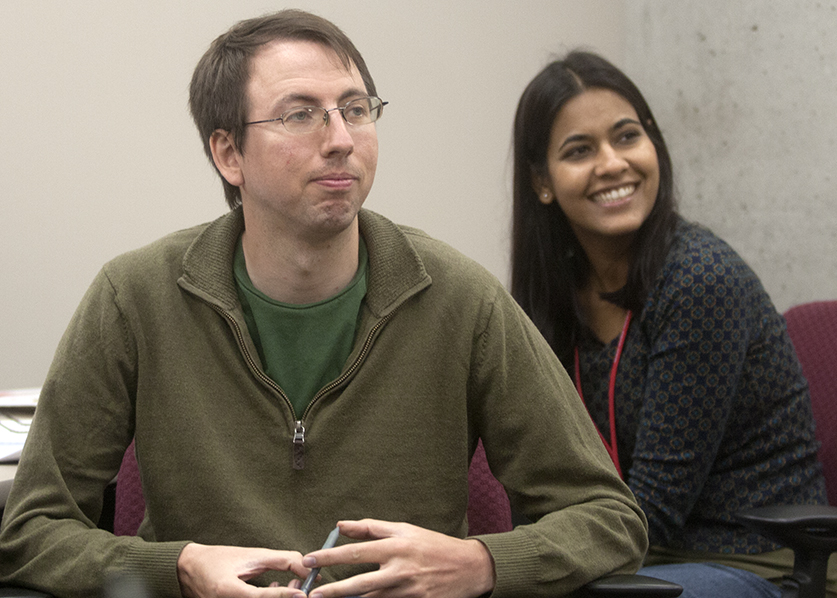
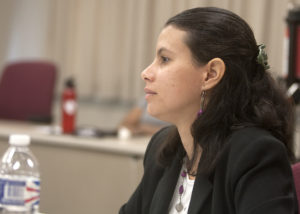
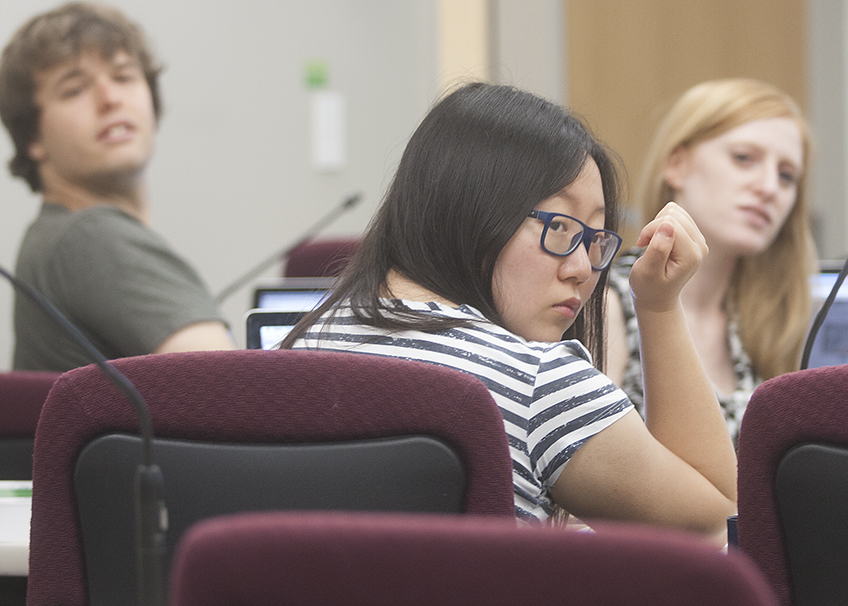
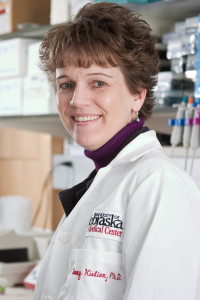 A professor in the Department of Pathology and Microbiology at the University of Nebraska Medical Center,
A professor in the Department of Pathology and Microbiology at the University of Nebraska Medical Center, 